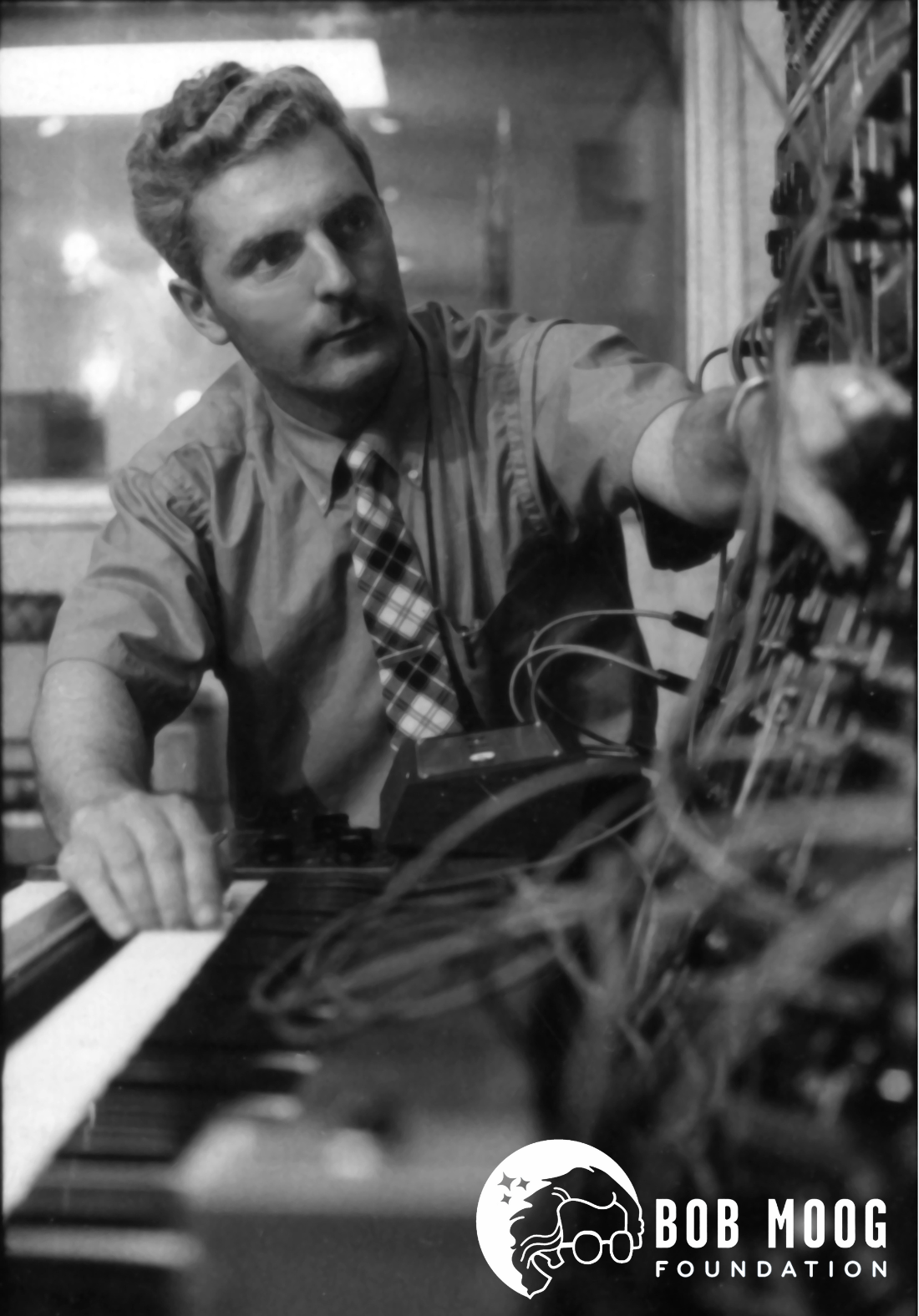The Moogseum
The Moogseum features interactive exhibits that highlight Bob Moog’s legacy, blending history, music, and science to inspire creativity. Visitors can play theremins and synthesizers, explore how electricity turns into sound, and access over 1,000 archival items through custom touchscreen kiosks. Many of these items are exclusive to the Moogseum, the only institution with access to the Moog Family Archives.
As the flagship project of the Bob Moog Foundation, the Moogseum represents years of dedication and serves to further Bob Moog’s legacy by educating and inspiring through electronic music.


Who is Bob Moog?
Bob Moog (1934-2005) was a pioneering figure in electronic music for over 50 years, revolutionizing music with his invention of the Moog synthesizer in 1964, developed with Herb Deutsch. The synthesizer opened new possibilities for creativity across genres and transformed the work of countless musicians.
From a young age, Bob built radios and electronic devices in his basement workshop with his father, an electrical engineer. At 14, he built his first theremin, sparking a lifelong interest in electronic music. By 19, he published an article on the theremin, leading to the creation of his first company, R.A. Moog, Co.
Bob earned a dual bachelor’s degree — a degree in physics from Queens College and a degree in electrical engineering from Columbia College. After moving to Ithaca, New York, in 1957 to pursue a Ph.D. at Cornell University, he continued running his theremin kit business. In 1963, he met Hofstra University music professor and experimental jazz musician Herb Deutsch, and together they explored new ways to compose with electronic sounds, paving the way for the Moog synthesizer’s creation.
The rest, as they say, is history.

Exhibit Highlights
The Moogseum represents the convergence of the Bob Moog Foundation’s goals of educating and inspiring people through electronic music, just as Bob did himself. It serves as an educational, historical, and cultural resource to Western North Carolina and the worldwide electronic music community through the following experiences:
There’s more to see at the Moogseum.